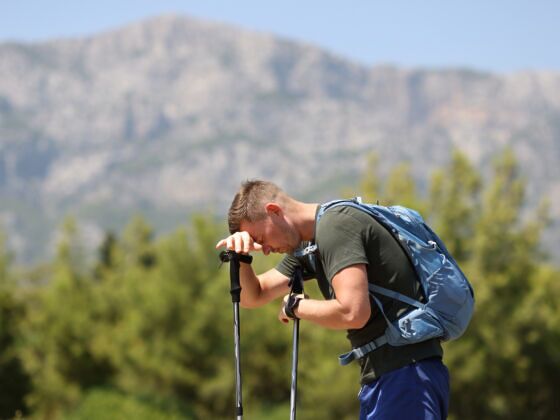1. Map and compass
Even for day hikes, a good map and compass can save your life when weather or trails deteriorate in the backcountry. “They’re light and if you don’t bring them, you know you’ll need them,” Belt says. He also stresses that knowing how to use them is just as important as keeping them with you.
Your local gear shop should be able to hook you up with a compass. Good topographical maps are available from the Forest Service and gear shops in the town nearest the trails you plan on exploring.
